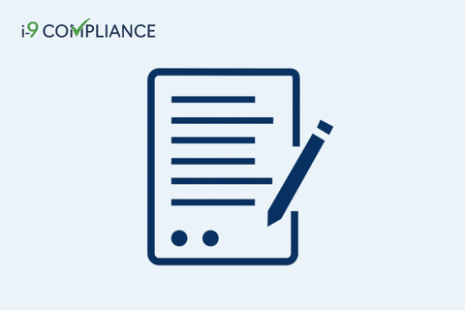USCIS Adjudicators Are Taking Longer To Review Applications

January 16, 2023
Many U.S. employers and foreign national employees have seen growing wait times for their applications through the U.S. Citizenship and Immigration Services (USCIS). In light of this, the agency has proposed a new Federal Register notice to increase its fees for most applications. This increase will help it improve service levels, decrease processing times, and fund humanitarian programs.
In addition, this notice includes details on how long USCIS adjudicators take when processing each application. This data shows that USCIS adjudicators have dramatically increased the time spent reviewing and deciding on an application. However, this does not account for the time applicants wait for USCIS to process applications. It applies only to an adjudicator’s time spent looking over the application.
When adjudicating 82% of the form types, the USCIS’s data has revealed it spent more now than in the past. Should the processing times not improve despite the increased time spent reviewing applications, the USCIS would spend over 3 million additional hours processing its current backlog.
Furthermore, the agency reported on the hours or fraction of an hour adjudicators take when processing applications in fiscal years (FYs) 2023, 2019, 2016, and 2010. Excluding only nine forms, USCIS took longer to process applications in FY 2023. As a result, the other 33 forms of the USCIS account for 86% of the agency’s considerable backlog.
One example of these changes is Form I-129 for L-1 temporary workers. In FY 2019, this form took 2.23 hours for USCIS to adjudicate. However, in FY 2023, this increased by 1.34 hours to a total of 3.57 hours. As a result, the time spent receiving and reviewing applications for these forms adds up quickly.
A notable reason for this increase in processing time is likely the greater length of many of its forms. Regardless of the reason for these changes, the per processing hour charge will significantly increase due to these changes. As such, many will see an average increase of $251.22.
With these increasing challenges, employers must simplify processes under their control. One process employers can improve on is the employment eligibility verification (Form I-9) process. The best way to take control of this process and ensure compliance is to use an electronic I-9 management system. This system provides step-by-step guidance, convenient reminders, and effortlessly secures the forms and related documents.
Streamline your hiring process with an automated employment eligibility verification and ensure compliance today with I-9 Compliance.